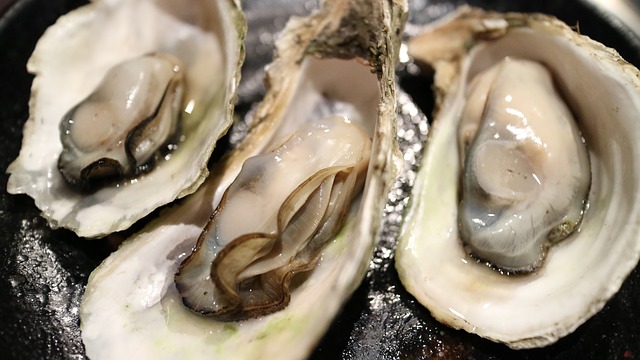
For many flesh-eating bugs sound like a total nightmare. The idea that a bacteria could kill some-one by ‘eating’ them alive sounds like a horror movie from the 50s. However, the reality is such that bacteria like this kill through infection. Not that long ago a man swimming in Hernando County in Florida was swimming in salty seawater and contracted an infection that killed him 2 days later. He along with 10 people in that state had been infected with Vibrio vulnificus. It can either be infection through swimming or through eating raw shellfish. Fortunately, it is rare !
What Is Vibrio vulnificus ?
Vibrio vulnificus is a bacteria in the same genus that causes cholera. This particular bacteria is a halophile and lives in seawater. It is often found in certain shellfish especially oysters. It also likes relatively warm water temperatures and thrives in the summer. The infection, as with all Vibrio species is called vibriosis.
How Do You get Infected ?
V. vulnificus enters either via food or through waterbourne contamination of an open wound such as a cut. Many people who contract it have often been swimming in coastal waters where the temperature is between 68 and 95 degrees Fahrenheit. It is also more common in those who eat raw shellfish routinely.
The CDC (US Centers for Disease Control and Prevention) believe many incidences are simply not reported. Between 1998 and 2006 there were 900 cases of vibriosis although these might not be due to the same bacteria. All cases occurred in the Gulf Coast of Alabama, Florida, Mississippi and Texas.
Severe infections lead to necrotizing fasciitis in which the bacteria destroy skin and tissue covering muscle. Hence the phrase, flesh-eating bacteria. Other types of bacteria like group A streptococci also cause the same issue.
What Are The Symptoms Of Infection ?
For all of us with healthy immune systems, the bacteria causes vomiting, abdominal pains and diarrhea. Anybody who is immunocompromised, suffers diabetes or has HIV can develop a life-threatening infection of the blood stream. The symptoms are then fever, sepsis, skin lesions and chills. With an open wound, bacteria can cause swelling, redness and pain close to the wound. In some cases gangrene can set in. The symptoms usually occur about 1 to 3 days after exposure.
Treatment
Infection is treated with a strong dose of antibiotics such as doxycycline or cephalosporin. More severe infection has seen amputation if a wound was badly infected. It is best to see a doctor straight away if antibiotics are to be administered as soon as possible.
Prognosis
Generally, most people recover and don’t see any long-lasting effects. If the bacteria enters the bloodstream and causes skin ulcers then gangrene might set in. It often means skin grafting or amputation. About half the patients with the bloodstream infection will die.
Prevention
Make sure all shellfish is cooked routinely. Cover wounds up when swimming or simply don’t swim if you have an open sore.
Leave a Reply